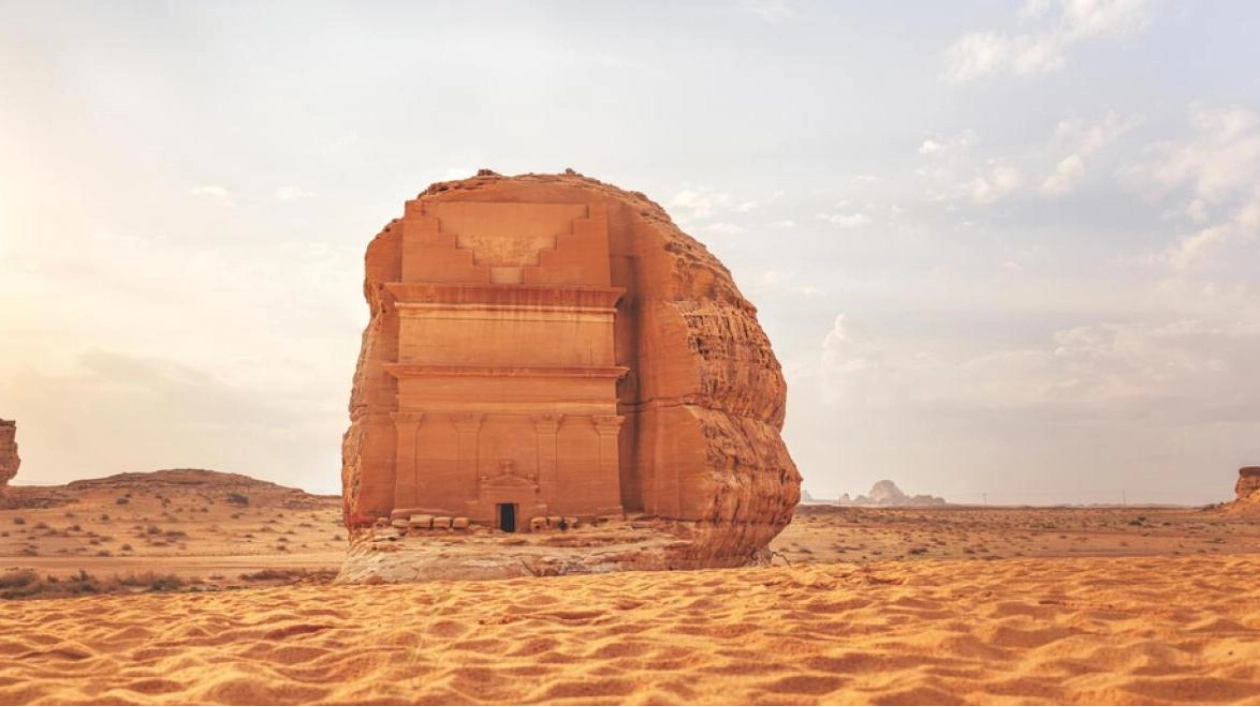Saudi Arabia, traditionally known for its expansive deserts and abundant oil reserves, is now capturing global attention as a rising star in the tourism industry. The nation has made substantial progress in reshaping its tourism sector, a transformation that is evident in the impressive growth of visitor numbers and expenditures. Recent statistics reveal that Saudi Arabia hosted 60 million tourists in the first half of 2024, with total spending amounting to approximately SR150 billion. This represents a 10 percent increase from the same period the previous year, underscoring Saudi Arabia’s swift ascent as a prominent global tourism destination.
This transformation is integral to Saudi Arabia’s ambitious Vision 2030, a national initiative aimed at diversifying the economy and decreasing dependence on oil revenues. Under Vision 2030, the Saudi government has set a target to elevate the tourism sector’s contribution to over 10 percent of the GDP by 2030. To achieve this, the kingdom plans to invest $1 trillion into the tourism sector over the next decade, offering significant prospects for international investors and businesses. In just the past three years, over 3,500 tourism investment licenses have been granted, reflecting the country’s dedication to becoming a leading global tourist destination.
One of the pivotal factors driving this tourism surge is Saudi Arabia’s innovative e-visa system, introduced in 2019. This digital initiative has streamlined the process for international travelers, making it more convenient for tourists worldwide to visit the Kingdom. Since the e-visa’s launch, Saudi Arabia has experienced a notable increase in tourist arrivals, with travelers from diverse cities such as Auckland and Anderlecht seizing the opportunity to explore this previously under-visited destination.
Saudi Arabia’s allure to tourists is deeply embedded in its rich cultural and historical legacy. Visitors are drawn to a myriad of landmarks and sites that highlight the Kingdom’s ancient roots and distinctive traditions. The At-Turaif District in Ad-Diriyah, a UNESCO World Heritage Site near Riyadh, offers a glimpse into Saudi Arabia’s historical significance. Hegra Archaeological Site in AlUla, one of the oldest cities on the Arabian Peninsula, captivates with its well-preserved rock-cut tombs and ancient ruins. The Rock Art in Hail, another UNESCO World Heritage Site, is renowned for its ancient rock art inscriptions, providing insights into the prehistoric cultures of the Arabian Peninsula. Historic Jeddah, with its traditional coral houses and bustling markets, contrasts sharply with the modernity of other Saudi cities. Al Ahsa Oasis, the world’s largest palm oasis, offers a lush landscape and historical significance, making it a unique destination for nature lovers and history enthusiasts.
The tourism boom is not only beneficial for cultural and historical preservation but also presents significant business opportunities. The kingdom’s hospitality and tourism sectors are rapidly expanding, with new hotels, resorts, and entertainment venues being developed to accommodate the increasing number of international visitors. International businesses are recognizing the potential in Saudi Arabia, with the kingdom’s focus on economic diversification and business-friendly reforms attracting a wide range of investments. From luxury hotels to retail outlets and cultural attractions, businesses are capitalizing on the opportunity to establish a presence in a market with immense potential.
As Saudi Arabia continues to enhance its tourism infrastructure and attract international visitors, it is clear that the kingdom is on track to becoming one of the world’s most sought-after destinations. Whether drawn by its historical sites, cultural experiences, or business opportunities, Saudi Arabia offers a compelling array of reasons to visit and explore.






